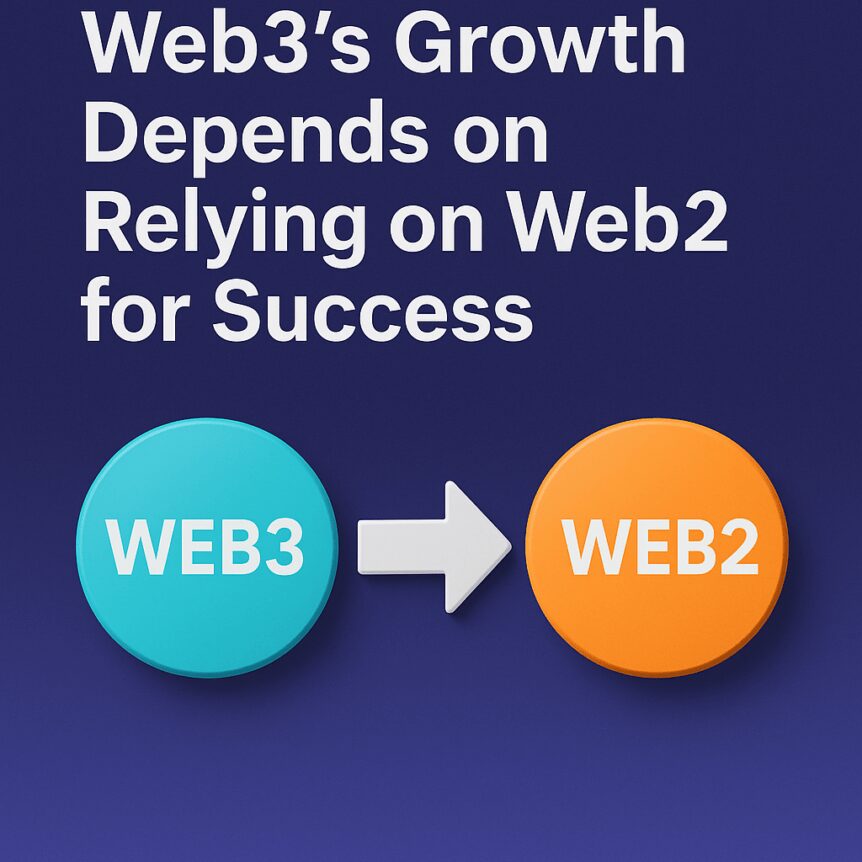
Getting People on Side
While Web3 presents promising solutions—from streamlining economic transactions to transforming daily routines—it remains a complex and often intimidating landscape outside the core industry. A report by Oxford University highlights the “trust paradox” surrounding blockchain technology: despite blockchain’s promise to eliminate concerns over trust, public skepticism persists due to a limited understanding and negative perceptions of the technology. These factors contribute to widespread confusion and a reluctance among the general populace to embrace crypto markets and blockchain-based innovations.
This skepticism leads most users to prefer sticking with familiar Web2 applications rather than risking exploration of Web3. As a result, adoption remains sluggish. Developers and industry advocates must recognize that innovation alone isn’t enough; integrating Web3 within existing infrastructures can facilitate broader acceptance. This approach allows the industry to draw in a more diverse user base without forcing a disruptive overhaul of current systems.
Related: How hybrid blockchain solutions bridge the Web2 and Web3 gap
The Web3 Scaffold
Today, collaboration between Web2 and Web3 is increasingly evident, primarily driven by legacy technology providers. Financial giants like PayPal, Visa, and several major banks are integrating crypto and blockchain services—adding legitimacy and easing user transition to digital assets. Meanwhile, cloud service providers such as Amazon Web Services and Google Cloud are actively exploring Web3 applications, from launching dedicated labs to utilizing zero-knowledge proofs, further embedding blockchain in traditional enterprise solutions.
While Web2 companies push for hybrid models, Web3 developers should also capitalize on this trend. Leveraging the vast existing market infrastructure can accelerate blockchain adoption, much like 4G paved the way for 5G. By adopting Web2’s user-friendly interfaces and scalability advantages, Web3 applications can reach a broader audience.
Practical Integration
Effective Web3 development involves balancing decentralization principles with user convenience—focusing on seamless UX, human-readable addresses, and interoperability. Equally important is demonstrating clear benefits when collaborating with Web2 platforms, such as how blockchain’s immutability can enhance data security or streamline transactions in real-world settings.
For example, linking AI training datasets to blockchain could verify data provenance instantly, resolving disputes efficiently and fostering trust. Ultimately, whether in DeFi, NFTs, or blockchain-based enterprise solutions, success hinges on delivering tangible value that resonates beyond niche crypto circles.
Engaging for Innovation
There is value in embracing Web2 methodologies to build trust and validate Web3 applications. Usability studies show that incorporating real-world feedback can boost product success by up to 500%. Engaging Web2 users effectively opens the door for broader adoption, leading to better products and more resilient ecosystems.
Despite debates over Web2 versus Web3, forward-looking companies prioritize delivering solutions—be it safer payments, smarter AI, or innovative digital assets—through whichever tools serve their customers best. The true winners will be those quietly integrating blockchain and crypto to solve real-world problems, rather than chasing ideological purity.
By working within the framework of Web2, the crypto industry can expand its reach, testing, iterating, and refining solutions to achieve mass-market appeal in the evolving blockchain landscape.
Opinion by: Richard Johnson, chief operating officer of Data Guardians Network.
This article was originally published as Web3’s Growth Depends on Relying on Web2 for Success on Crypto Breaking News – your trusted source for crypto news, Bitcoin news, and blockchain updates.


 1 month ago
34
1 month ago
34 










 Bengali (Bangladesh) ·
Bengali (Bangladesh) ·  English (United States) ·
English (United States) ·